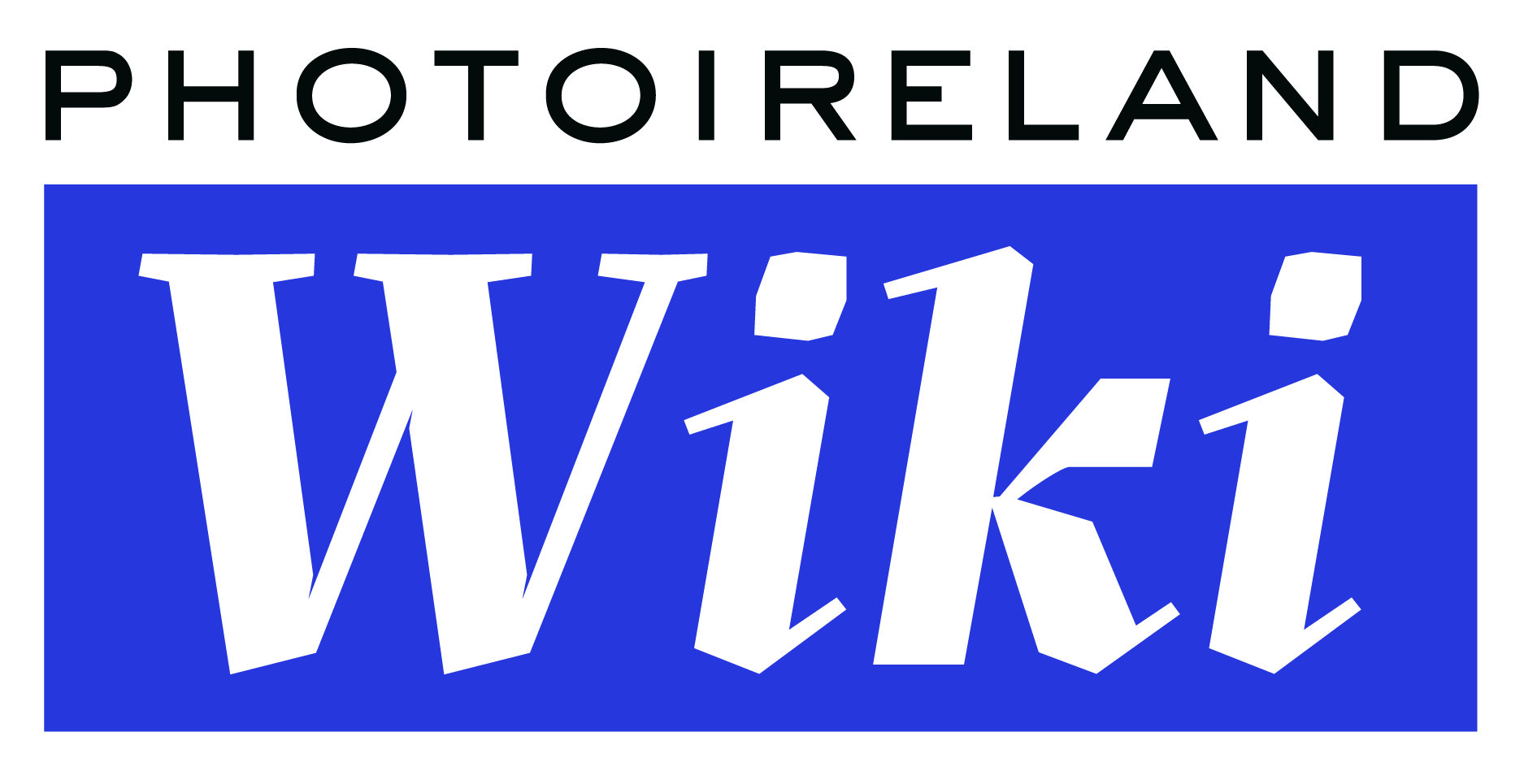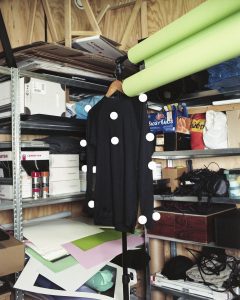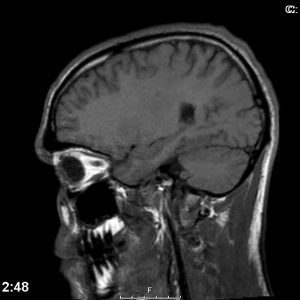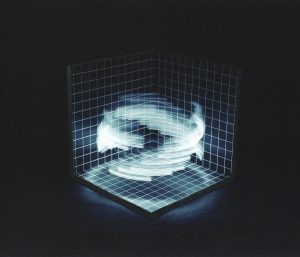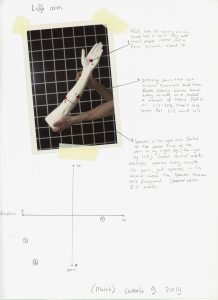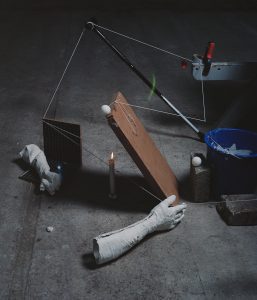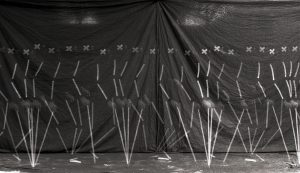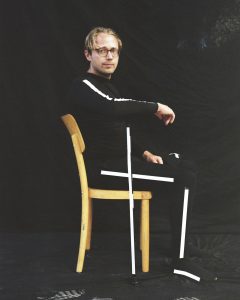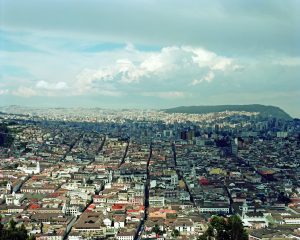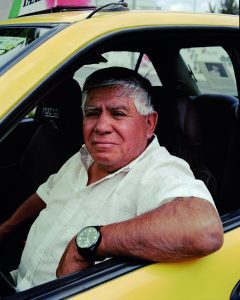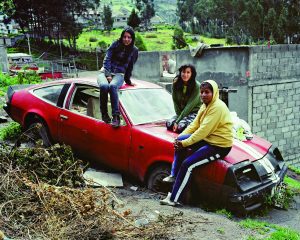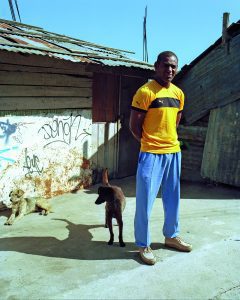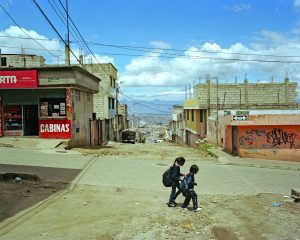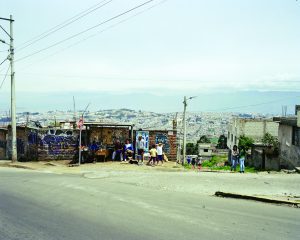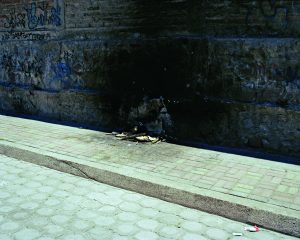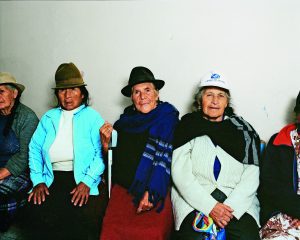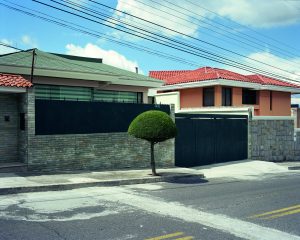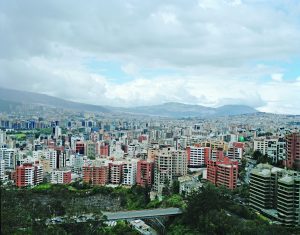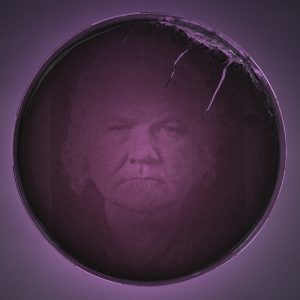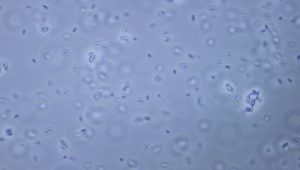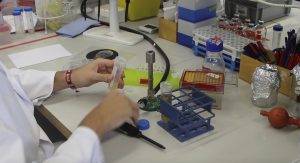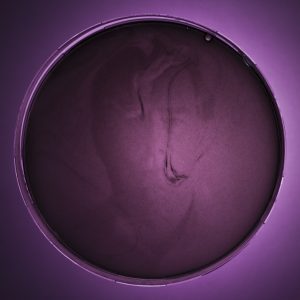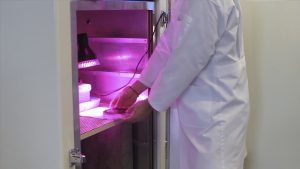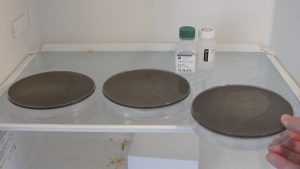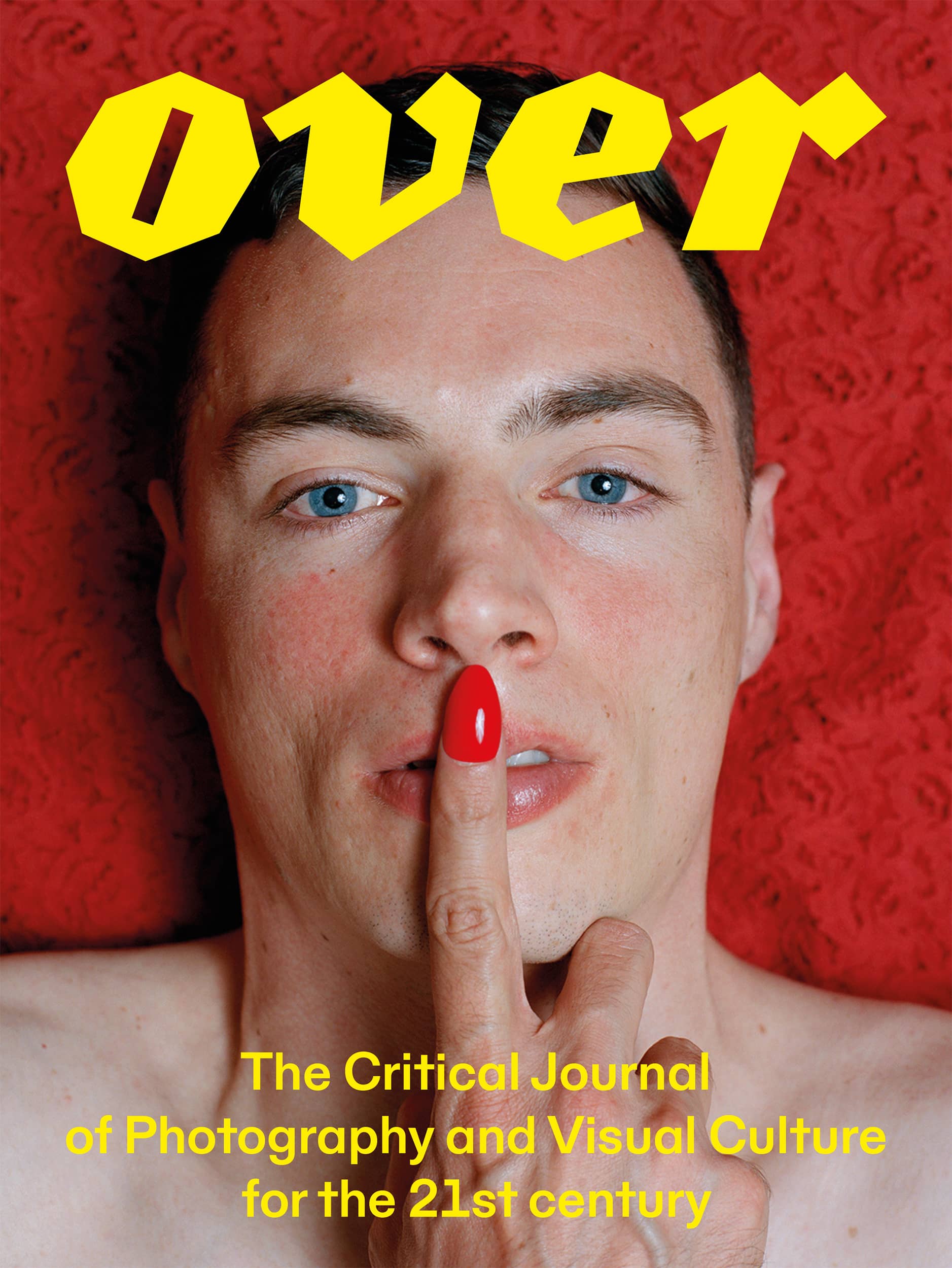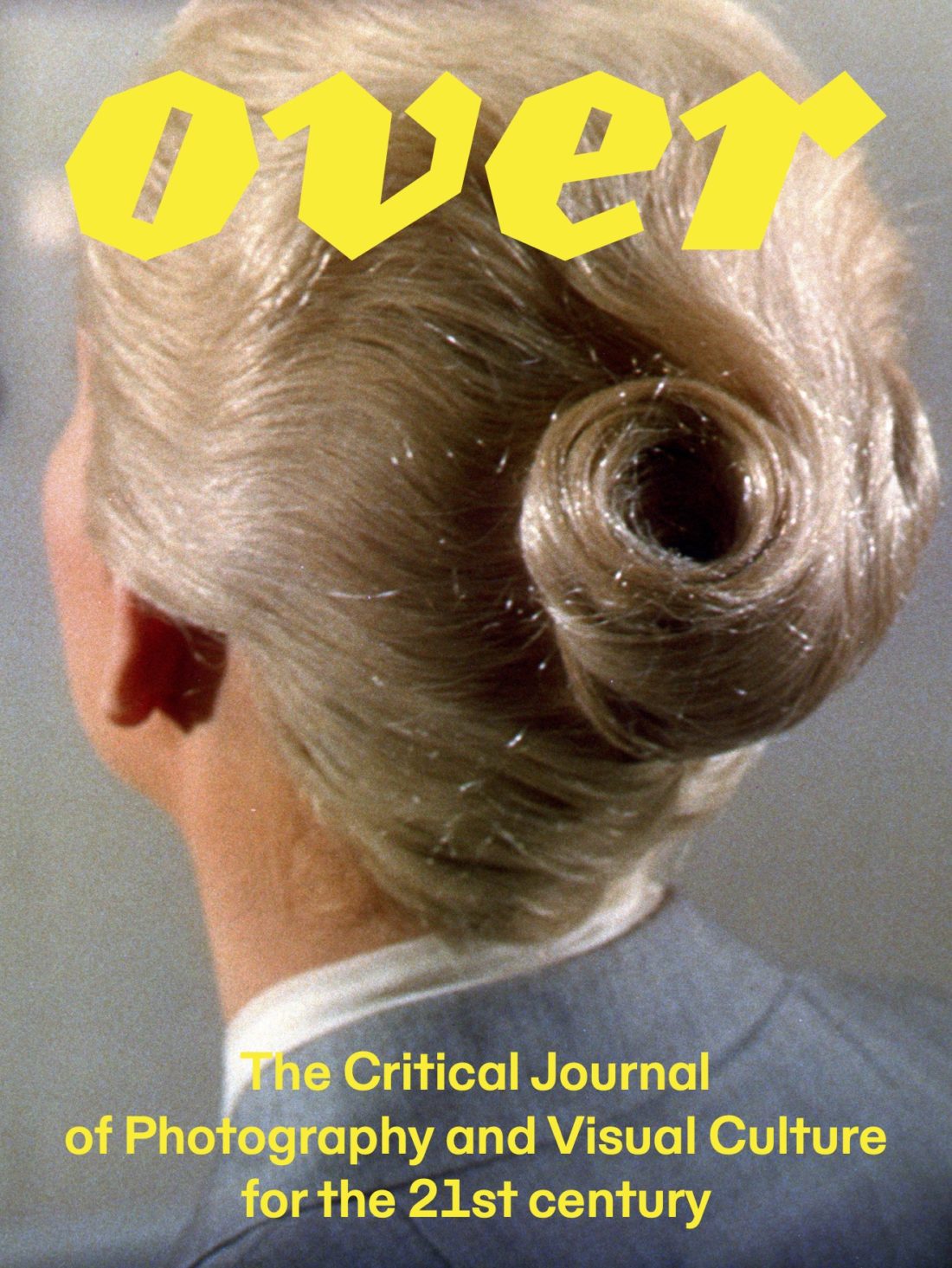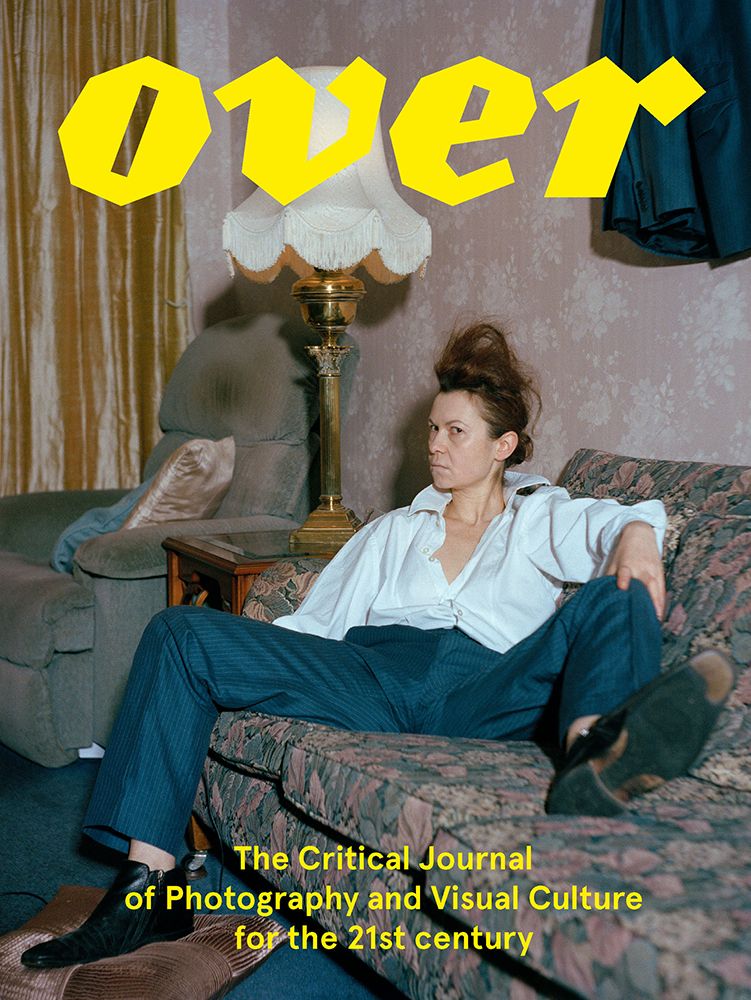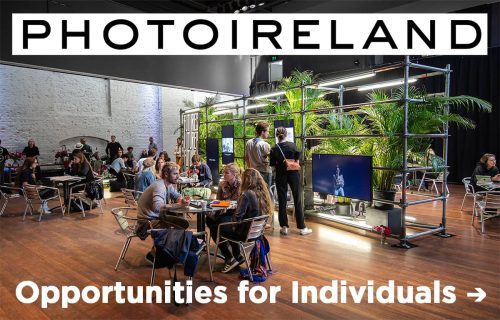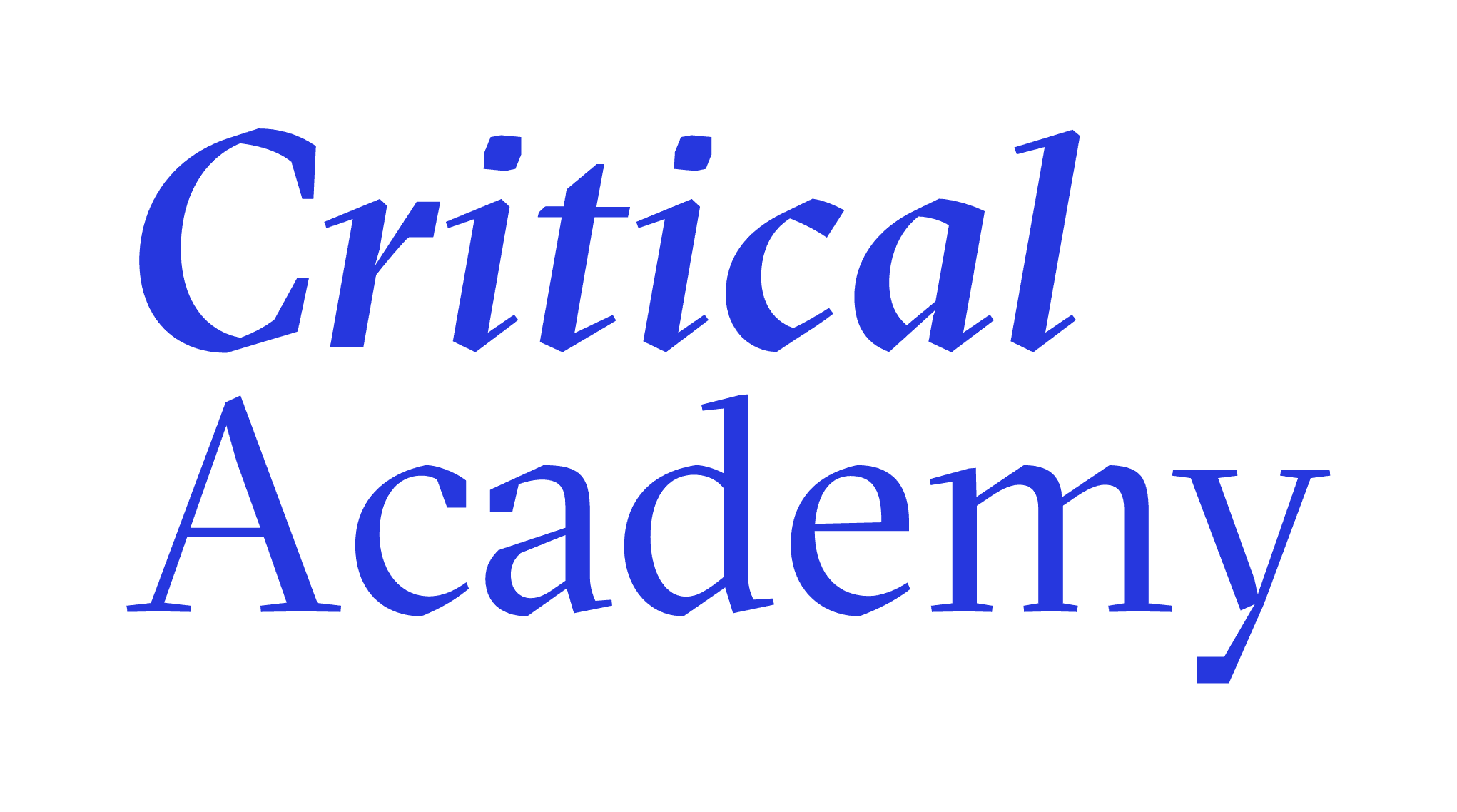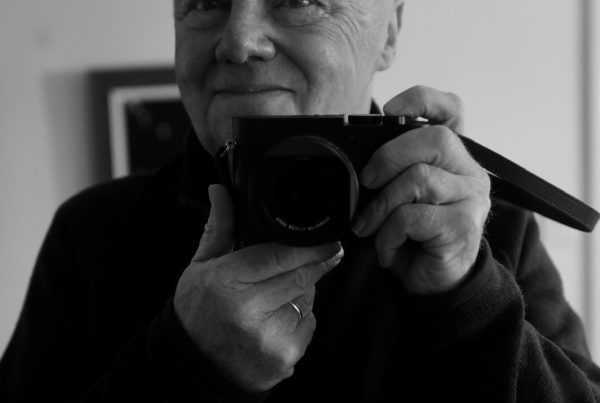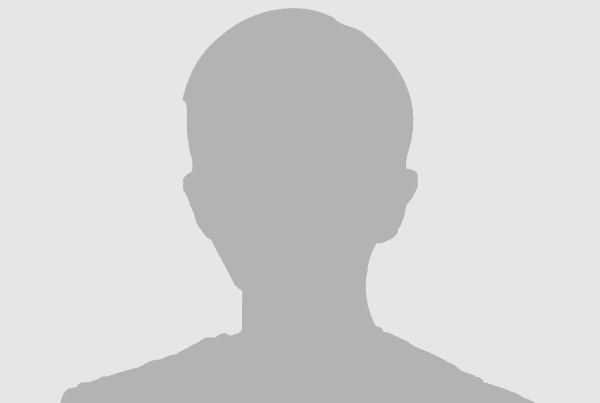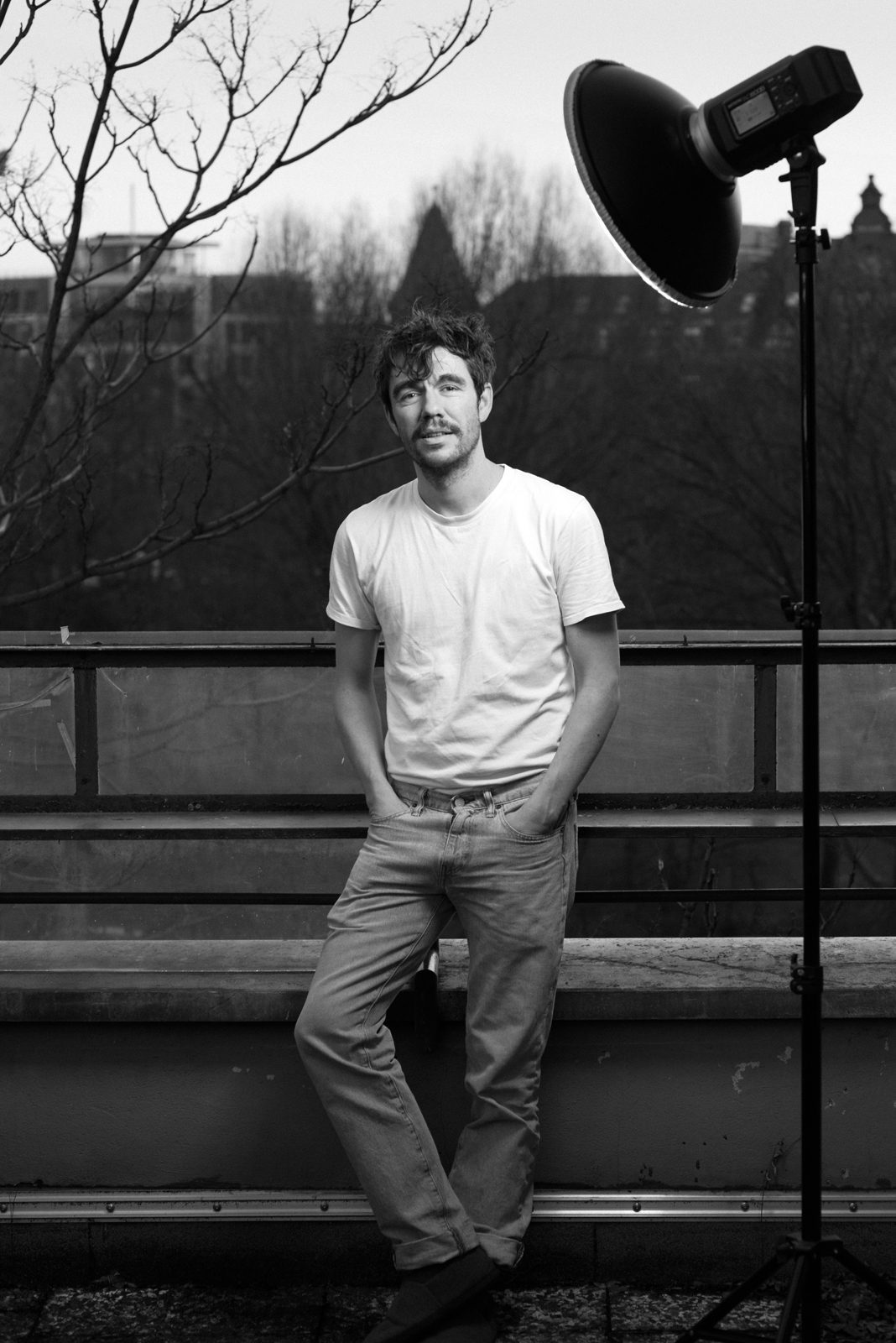
Phelim Hoey is a visual artist based in Amsterdam, The Netherlands, who has received his Bachelor in Photography at the University of the Arts Utrecht in 2014. His work consists of conceptually created series that don’t limit themselves to photography alone. He has a deep interest in science, sociology and psychology through which he is able explore and study new fields, and create new materials to work with. With these materials he questions the medium of photography and studies mortality and fear. In recent years – due to an unfortunate event – mortality, fear and the relationship with his body became important themes in his work, which he continues to research and explore. He works and lives in Amsterdam and Berlin.
Publications
Photography books by Hoey
- 2017 City built by fear, Amsterdam: Self-Published, ISBN: 978-90-827291-0-8
Photography books with contribution by Hoey
- 2016 City built by fear in Kwalitatieve methoden en technieken in de criminologie, by T. Decorte & D. Zaitch Leuven, Belgium: Acco
Awards and honours
- 2017 Young talent award, Mondriaan Fund, Amsterdam, The Netherlands.
- 2018 Residency ABA Berlin, Mondriaan Fund, Berlin, Germany
Exhibitions
Group exhibitions
- 2019 La Machine Antidote, Herman van Veen Arts Center, Soest, The Netherlands
- 2019 La Machine Exhibition Prospects and Concepts (Mondriaan Fund) Art Rotterdam, Rotterdam, The Netherlands
- 2018 La Machine Dummy book workshop, Museum of Contemporary art, Kuldiga, Latvia
- 2017 City built by fear Book presentation and exhibition, Cultureel centrum ‘t fijnhout, Amsterdam, The Netherlands
- 2016 Absence of existence THIS, Beurs van Berlage, Amsterdam, The Netherlands
- 2015 Absence of existence NEU/NOW Elia, Westergasfabriek, Amsterdam, The Netherlands
- 2015 Absence of existence In Other Words, Hogeschool van de Kunsten, Utrecht, The Netherlands
- 2015 City built by fear Unseen photo fair (sideshow), Amsterdam, The Netherlands
- 2015 City built by fear NEW talent, Amsterdam, The Netherlands
- 2014 Gas, penisses and a monkey-man Academie Galerie, Utrecht, The Netherlands
Projects
- La Machine (2018 – ongoing)
For most people the body is self-evident. We always feel like we can rely on it’s functioning, and that these don’t require any of our immediate attention. People are not necessarily aware of their body and it’s functioning on a day to day basis. In a specific situation, like a disease, its functioning can suddenly become the subject of reflection. Autonomy and independence are important in this society, and often a big part of one’s identity. In my case, being diagnosed with multiple sclerosis, it is no longer self-evident that the body carries out actions, sometimes not even the simplest. These experiences lead to alienation, fear and an instrumental vision towards the body. With the loss of the certainty of a functioning body, the identity is also compromised. Who I am, to what social group I belong to (the healthy or the sick) and how the diagnose and disease influences my identity is something I will research the coming year (2019). In November 2017 and in June 2018 I received a grand from Mondriaan Fund who made this project possible. - City Built By Fear (2017)
In the book ‘City built by fear: Portraits of everyday life in Quito’, criminologist Timo Peeters and photographer Phelim Hoey paint an intimate portrait of everyday life in a marginalized neighborhood and a wealthy gated community in Quito, Ecuador. In both cases, fear of crime and social inequality are leading themes. Combining a written ethnographic narrative with photographic imagery, the authors provide readers a unique lens through which to perceive the daily choices and practices of city dwellers in diverging circumstances, as well as a sense of being there themselves. The fact that the urban centers of the developing world are the fastest growing cities in the world, makes understanding everyday reality in places such as Quito all the more pressing. Both for professionals and general public, this book offers a compelling peek into the lives of a growing group of city dwellers in the world. - Absence of Existence (2015)
In the last decades scientific breakthroughs in medical science and biological engineering have influenced our life expectancy. Synthetic biologists have been manipulating cells in order to fight disease with great success. These breakthroughs have been making the headlines of newspapers all over the world. Chris Voigt, a synthetic biologist from MIT used biological engineering techniques to shuttle genes from photosynthesizing blue-green algae into the cell membrane of an Escherichia coli, a bacteria that can be found in the human gut and is not used to light. This genetic modification made the cell sensitive to light, a completely different function. Chris Voigt had the following to say about the technique used to built this light sensitive bacteria:”In the future we can program bacteria in order to be able to implement therapeutic effects for just about any disease you can imagine. We can create programmable biological robots that can keep our body’s healthy forever”
With help of this light sensitive bacterium I research the idea of immortality. Can humanity become immortal, and if so, what kind of ethical problems will we encounter and how should we deal with them? In this audiovisual presentation Cryonicists, – individuals who wish to be cryopreserved after death – futurists and others who pursue an immortal existence will talk about their motives, their perspective on aging and death and the future.
Works
- La Machine (2018 – ongoing)
- La Machine (2018 – ongoing)
- La Machine (2018 – ongoing)
- La Machine (2018 – ongoing)
- La Machine (2018 – ongoing)
- La Machine (2018 – ongoing)
- La Machine (2018 – ongoing)
- La Machine (2018 – ongoing)
- City Built By Fear (2017)
- City Built By Fear (2017)
- City Built By Fear (2017)
- City Built By Fear (2017)
- City Built By Fear (2017)
- City Built By Fear (2017)
- City Built By Fear (2017)
- City Built By Fear (2017)
- City Built By Fear (2017)
- City Built By Fear (2017)
- City Built By Fear (2017)
- Absence of Existence (2015)
- Absence of Existence (2015)
- Absence of Existence (2015)
- Absence of Existence (2015)
- Absence of Existence (2015)
- Absence of Existence (2015)
- Absence of Existence (2015)
- Absence of Existence (2015)
- Absence of Existence (2015)
